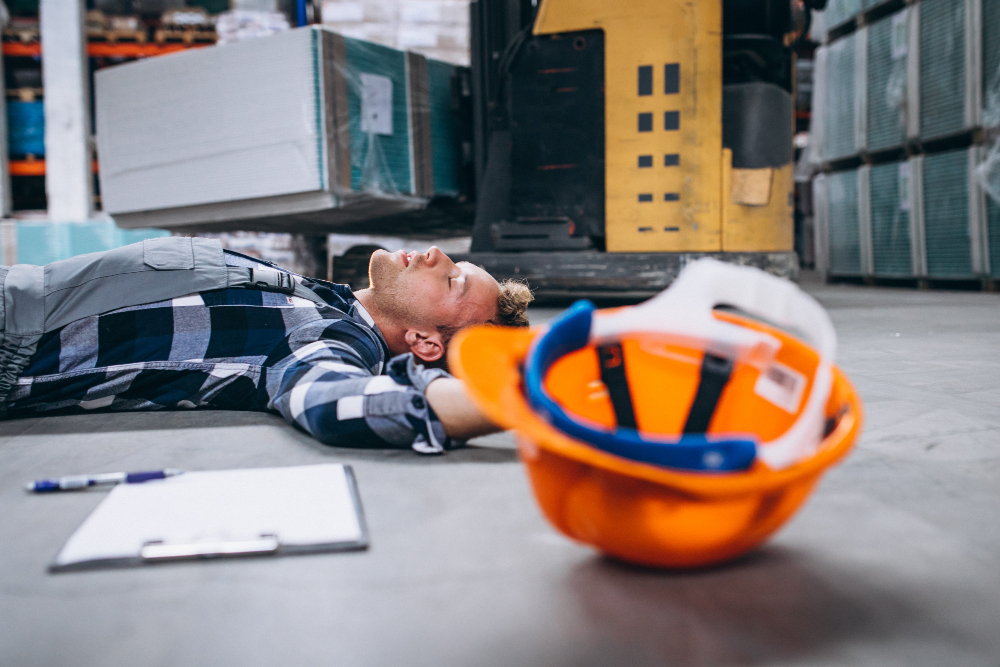Dealing with heavy loads poses significant risks of injury, including strains, sprains, fractures, and other musculoskeletal injuries. Whether you’re lifting, carrying, pushing, or pulling heavy objects, it’s essential to take appropriate safety precautions to protect yourself from harm. By understanding the risks involved and implementing preventive measures, you can minimize the likelihood of injuries and ensure safe handling of heavy loads in various settings.
Knowing Your Limits
Before attempting to handle a heavy load, it’s crucial to assess its weight, size, and shape to determine if you can safely lift or move it on your own. Avoid lifting or moving objects that are too heavy or awkwardly shaped for you to handle comfortably, as this increases the risk of injury. Instead, seek assistance from colleagues, use mechanical aids such as dollies or forklifts, or divide the load into smaller, more manageable parts to reduce the strain on your body.
Lifting and Moving Safely
Proper body mechanics are essential for preventing injuries when dealing with heavy loads. When lifting, bending your knees, keeping your back straight, and using the muscles in your legs and buttocks can help distribute the weight more evenly and reduce the strain on your spine. Hold the load close to your body and avoid twisting or jerking movements, which can increase the risk of injury. When carrying or moving heavy objects, take small, controlled steps and avoid sudden changes in direction or momentum.
Harnessing the Power of Technology
Mechanical aids such as forklifts, pallet jacks, hand trucks, and conveyor belts can significantly reduce the physical strain associated with handling heavy loads. Whenever possible, use mechanical aids to lift, move, or transport heavy objects, rather than relying solely on manual labor. These tools are designed to minimize the risk of injury and increase efficiency, allowing you to safely handle heavy loads with minimal physical exertion.
Shielding Yourself from Harm
Wearing appropriate protective equipment is essential for preventing injuries when dealing with heavy loads. Depending on the nature of the task and the environment, protective gear such as gloves, safety goggles, steel-toed boots, and back supports can provide added protection and support. Invest in high-quality, properly fitting protective equipment and ensure that it is worn correctly at all times to minimize the risk of injury from falling objects, sharp edges, or other hazards.
Creating a Safe Environment
Creating a safe work environment is critical for preventing injuries when dealing with heavy loads. Keep work areas clean, organized, and free of clutter to minimize trip hazards and obstacles that could impede movement. Securely stack and store heavy objects on stable surfaces, and use barricades or warning signs to alert others to potential hazards. Regularly inspect equipment, tools, and machinery for signs of wear or damage, and address any issues promptly to prevent accidents and injuries.
Listening to Your Body
Listening to your body and taking breaks as needed is essential for preventing overexertion and fatigue when dealing with heavy loads. Pace yourself during tasks involving heavy lifting or physical labor, and take regular breaks to rest, stretch, and hydrate. Pay attention to signs of fatigue, discomfort, or pain, and stop working if you experience any symptoms of injury or strain. By prioritizing your health and well-being, you can reduce the risk of accidents and injuries and ensure safe handling of heavy loads.
Staying Safe When Handling Heavy Loads
In conclusion, preventing injuries when dealing with heavy loads requires a combination of proper planning, technique, equipment, and environmental controls. By assessing the load, maintaining proper body mechanics, using mechanical aids, wearing protective equipment, securing the work area, taking breaks, and listening to your body, you can minimize the risk of injuries and ensure safe handling of heavy objects in various settings. Remember to prioritize safety at all times and seek assistance or guidance when needed to protect yourself and others from harm.



